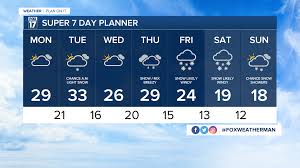Current Weather Patterns and Climate Change

Understanding the Importance of Weather
Weather plays a pivotal role in everyday life, impacting agriculture, travel, and public health. As the planet faces unprecedented changes due to climate change, understanding current weather patterns is more important than ever. Recently, countries around the globe have experienced extreme weather conditions, from heatwaves to heavy rainfalls, which underline the urgent need for climate action.
Recent Weather Events
In September 2023, the UK experienced a significant shift in weather patterns, with unusually high temperatures recorded across the nation. According to the UK Met Office, the average temperature for the month reached 19.8 degrees Celsius, higher than the typical seasonal average. This spike in temperature is attributed to a high-pressure system over Europe, but also points to long-term trends linked to climate change.
Simultaneously, parts of Southern Europe faced severe flooding after torrential rains, resulting in widespread damage and displacement. Countries such as Italy and Greece had to implement emergency measures, highlighting how contrasting weather events are becoming increasingly common due to the shifting climate.
Implications of Changing Weather Patterns
The changing weather patterns are expected to have far-reaching consequences. For instance, extended periods of heat can lead to droughts, jeopardising food production and water supply. Conversely, heavy rainfall can result in flooding, threatening infrastructure and public safety. According to researchers from the Intergovernmental Panel on Climate Change (IPCC), if current trends continue, the frequency and intensity of these events are likely to increase.
Conclusion: The Road Ahead
As extreme weather becomes the norm rather than the exception, it is crucial for communities and governments to adapt to these changes. Increased investment in climate resilience strategies will be vital to mitigate the impacts of adverse weather events. This includes improving infrastructure, adopting sustainable agricultural practices, and enhancing emergency response systems.
In summary, understanding weather and its implications has never been more critical. As we navigate through these changes, proactive measures and public awareness can help mitigate the risks associated with fluctuating weather patterns and climate change. The question remains: will we be able to act decisively enough to secure a resilient future?









